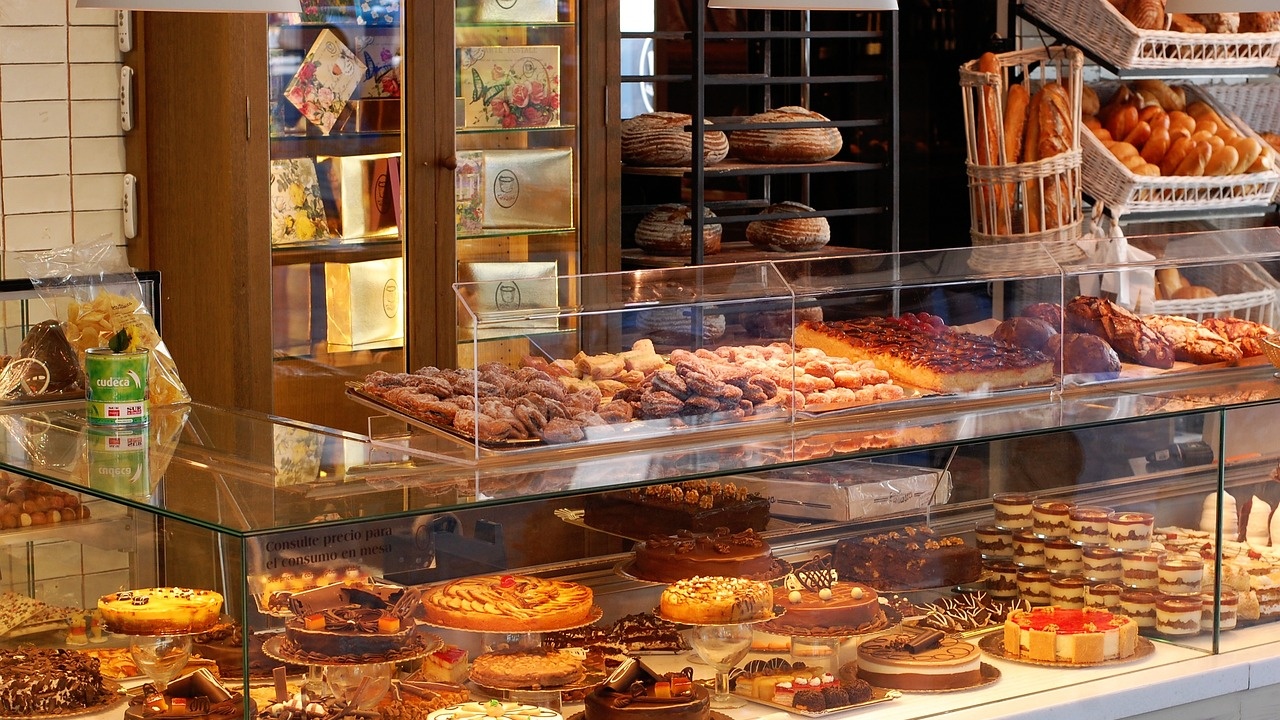NOS / Jeroen van Eijndhoven
News from the NOS•
More and more families are facing poverty due to high inflation. They also notice this in education. Children come to school hungry or experience so much stress that they perform poorly. A guideline will be published today to help schools recognize and discuss poverty.
The updated guide Tackling poverty in schools, written on behalf of the Alliance for Equal Opportunities, not only provides schools with the tools to identify poverty. It also helps primary and secondary schools to support students and their parents in this.
One in thirteen children and young people grow up in poverty. This equates to an average of two students per class. Poverty often has a major impact on a family. It can lead to worse academic performance, according to research from Social and Economic Council. In addition, psychosocial and health problems can arise.
Poverty also affects parents. I am less able to make wise decisions. Due to the stress that comes with it, they often pay less attention to their baby and an unsafe family situation can arise.
According to Professor on Child Poverty at Rotterdam University of Applied Sciences Mariëtte Lusse, recognizing poverty is not only important for schools located in poorer neighborhoods. Even in the richest neighborhoods there are more often children who have to deal with this.
High inflation is causing financial worries among households that were previously able to manage well. Divorce or bankruptcy can also be the cause.
“These are the schools that are least aware of it. Children are more often the exception here, which makes it more difficult for them. They are very lonely in this,” says Lusse, one of the guideline’s authors.
Teachers in schools in wealthier neighborhoods should therefore be wary of this. Especially since parents who are not used to poverty often don’t know how to support themselves.
Health workers in the school
But even in schools that had to deal with poverty before the current energy crisis, recognizing it and making it a topic of discussion is not obvious, Lusse knows.
“We have noticed that schools find it scary to talk about poverty. We started working with flyers in two secondary schools in Rotterdam. It says what the school can help with and the name and number of the social worker.”
This flyer was distributed to all parents during the kick-off meetings. Parents were also asked if they had any doubts about their children’s participation in school. In both schools they noted that multiple parents subsequently reported to the social worker.
This social worker is not only there for students, but also for parents. They can help parents claim school fees or refer them to “budget buddies” or the food bank.
According to Lusse, the extent to which there is now room for this depends on the municipality in which a school is located. He would like to see these types of care professionals get a larger appointment and be structurally connected to a school.
“The problem with poverty is that you can barely see it. An empty packed lunch can indicate this, but it can also mean that there are some organizational problems in a family that have nothing to do with financial worries.” , says Lusse.
Furthermore, poverty is sometimes not visible because parents make sacrifices so that their child is no exception. It can happen that a child has expensive shoes despite the economic worries that exist.
A list of alerts for teachers is included in the guide. Broken or unsuitable clothing can indicate concerns about money. But concentration problems can also indicate this, as they can often be absent.
It also contains a sample conversation that helps teachers find out during an introductory meeting with a student or parent if they need help with something.
Stress from Santa Claus
“It helps if the school realizes that a simple request can get several children in big trouble. Surprise Sinterklaas, for example. Or having to come to school by bicycle. If you as a school know who it is a problem for often it’s easy to find a solution, “says Lusse.
For example, a school may provide school bicycles to students who do not have one. Or set up a gift closet where parents can exchange clothes, gym equipment or toys.


